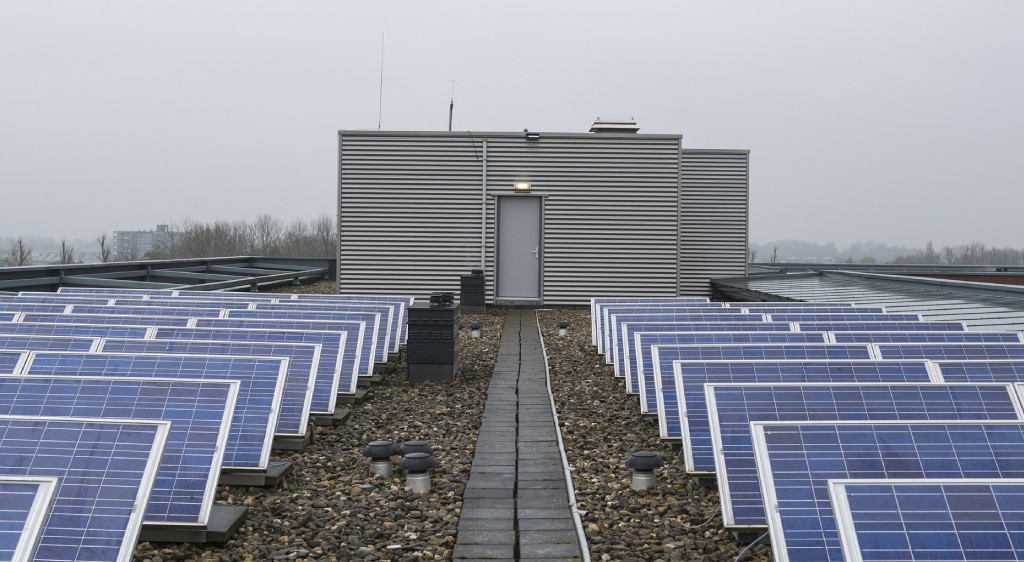Energy storage: Synergising the renewables
By EPR Magazine Editorial January 5, 2019 12:57 pm IST
By EPR Magazine Editorial January 5, 2019 12:57 pm IST

Increasing the bent for availability, reliability and security of renewable resources is the ‘need-of-hour’. In pursuit, to curb the energy deficiency problem, experts discuss how making use of energy storage is the biggest advantage, which can make the potential of renewables a hit.
With the rapid reduction in cost of wind, solar and storage, customers can see renewable energy storage as an alternative for peak power from the grid at the same time, utilities can avoid investments in Peaker capacity or eliminate load shedding by utilizing these resources.
Energy storage poised to reduce carbon emission
Storage combined with RE can replace conventional (coal/gas) plants which will help in reducing the carbon emission. Naveen Sharma, Vice President – Sales & Strategic Planning, Exicom says, “Storage enabled microgrids will provide energy access to rural areas and will help in reducing the use of kerosene and other conventional sources like generator sets etc.”
There is a growing consensus around the need for cleaner transportation for improving India’s distinction of hosting 9 out of 10 most polluted cities. Electric vehicles can not only help in greening the transportation fleet by reducing diesel/petrol consumption and associated emissions but can also help in greening the grid if EVs are used for better integration of renewable resources in the grid.
Renewable energy is produced only during certain times. For example, solar energy is at the peak only during daytime or summer and not during winter. Wind energy works only at certain months. So, with energy storage, we can use the energy whenever required and use it during peak hours to reduce electricity bills.
Ketan Mehta, CEO, Rays Power Infra says, “Energy storage would help us achieve 100 per cent renewable share up to from 30-40 per cent. Making use of energy storage is the biggest advantage, which can make the potential of renewables a hit.”
The business benefits of energy storage
India’s renewable energy sector needs a strong backbone in the form of a robust energy storage industry in order to sustain its growth trajectory. Sharma points out the following business benefits of having energy storage in place:
• Energy storage has numerous potential applications in India, including aiding in renewables integration, providing grid support services, supporting C&I segment and creation of bigz role in facilitation of early adoption of electric vehicles.
• Energy storage can help to reduce energy bills. The cost of storage is dropping, while the amount of installed customer-sited energy storage systems is increasing rapidly.
• Storage can help in improving the efficiency of the power grid by the adoption of RE. ESS has no carbon emission, so can be placed anywhere with no impact on the air quality.
• Energy storage systems, especially those paired with intelligent software, can track a facility’s load and reduce demand charges by transmitting battery power during peak demand.
• Advanced storage solutions can provide emergency backup. Energy storage can enable participation in demand response markets without hampering on-site energy use or operations.
Incentivising indigenous manufacturers by means of import subsidies, providing clear market access and guiding them with a solid way forward with the help of transparent policy guidelines will give a big boost to the sector.Sharma of Exicom suggests, “Government should also give preference to Indian companies with a local manufacturing base alongside the weightage on local deployments and local R&D. Besides, the Goods and Services tax (GST) on batteries must be taken in the same way as solar.”
Import subsidies in importing raw material and creating manufacturing facility should be provided. He adds, “Our country needs to set up mid and large-scale, lithium-ion battery manufacturing capacity and reduce the cost of lithium-ion batteries used in such storage applications.We should strive and become an export hub for lithium-ion battery production.’
We need to implement the Time of Use tariffs, which fixes a tariff based on demand and supply. Mehta of Rays Power Infrasays, “Currently, we have a dynamic tariff instead of a fixed tariff where the supply is higher.”
He suggests, “In the afternoon, the supply of solar is higher. So, at that time, the power cost can bemade very low. When the demand is higherin the evening or morning, the power tariff can behigher.” This will encourage people to set up energy storage solutions at their homes and factories and store power at off-peak hours and supply it during peak hours. This would be a big benefit where it will not only stabilise the grid but also bring overall efficiency in the usage of power.
The cost of storage is dropping, while the amount of installed customer-sited energy storage systems is increasing rapidly.
Naveen Sharma, Vice President – Sales & Strategic Planning, Exicom
Making use of energy storage is the biggest advantage, which can make the potential of renewables a hit.
Ketan Mehta, CEO, Rays Power Infra
We use cookies to personalize your experience. By continuing to visit this website you agree to our Terms & Conditions, Privacy Policy and Cookie Policy.